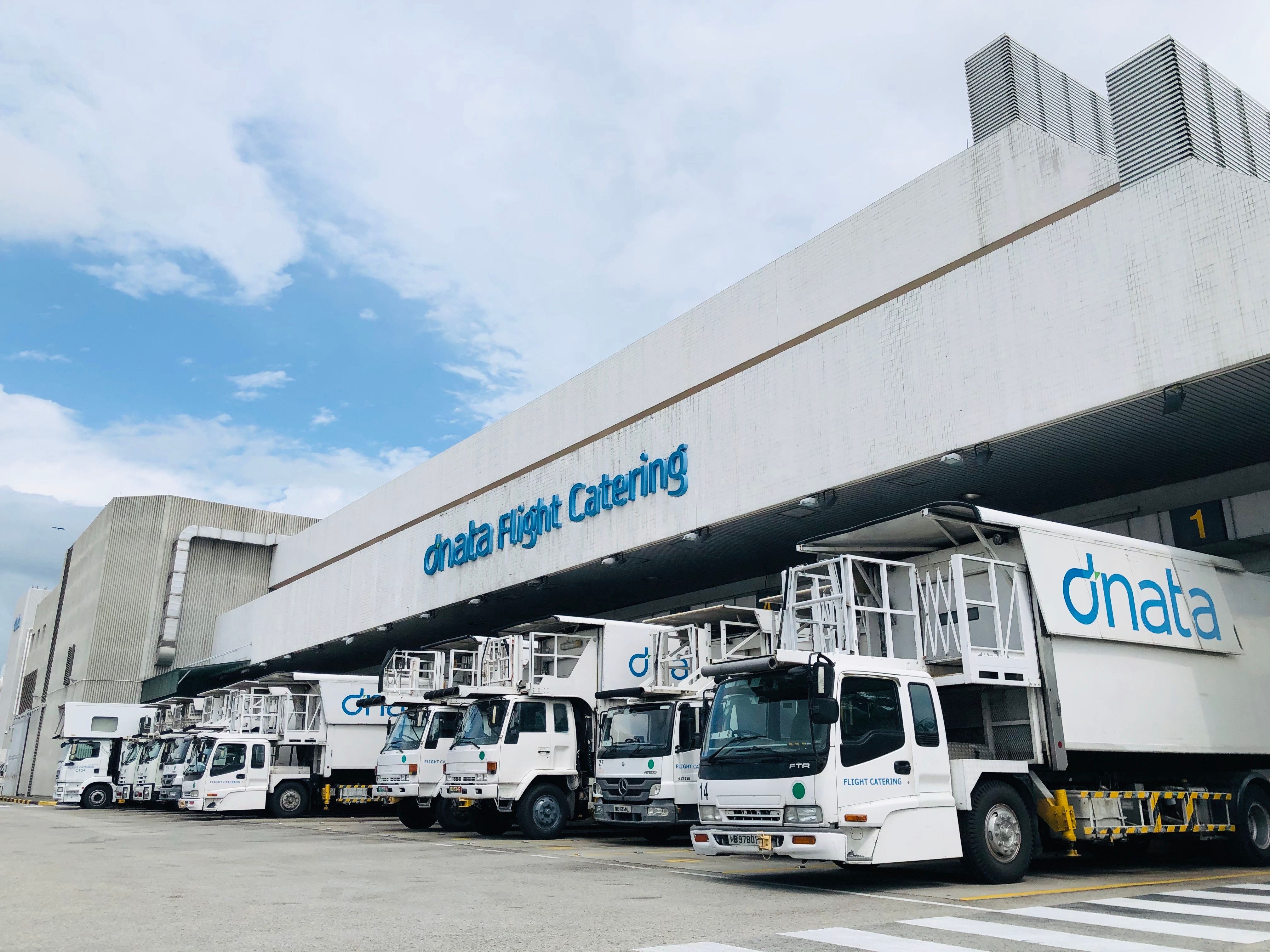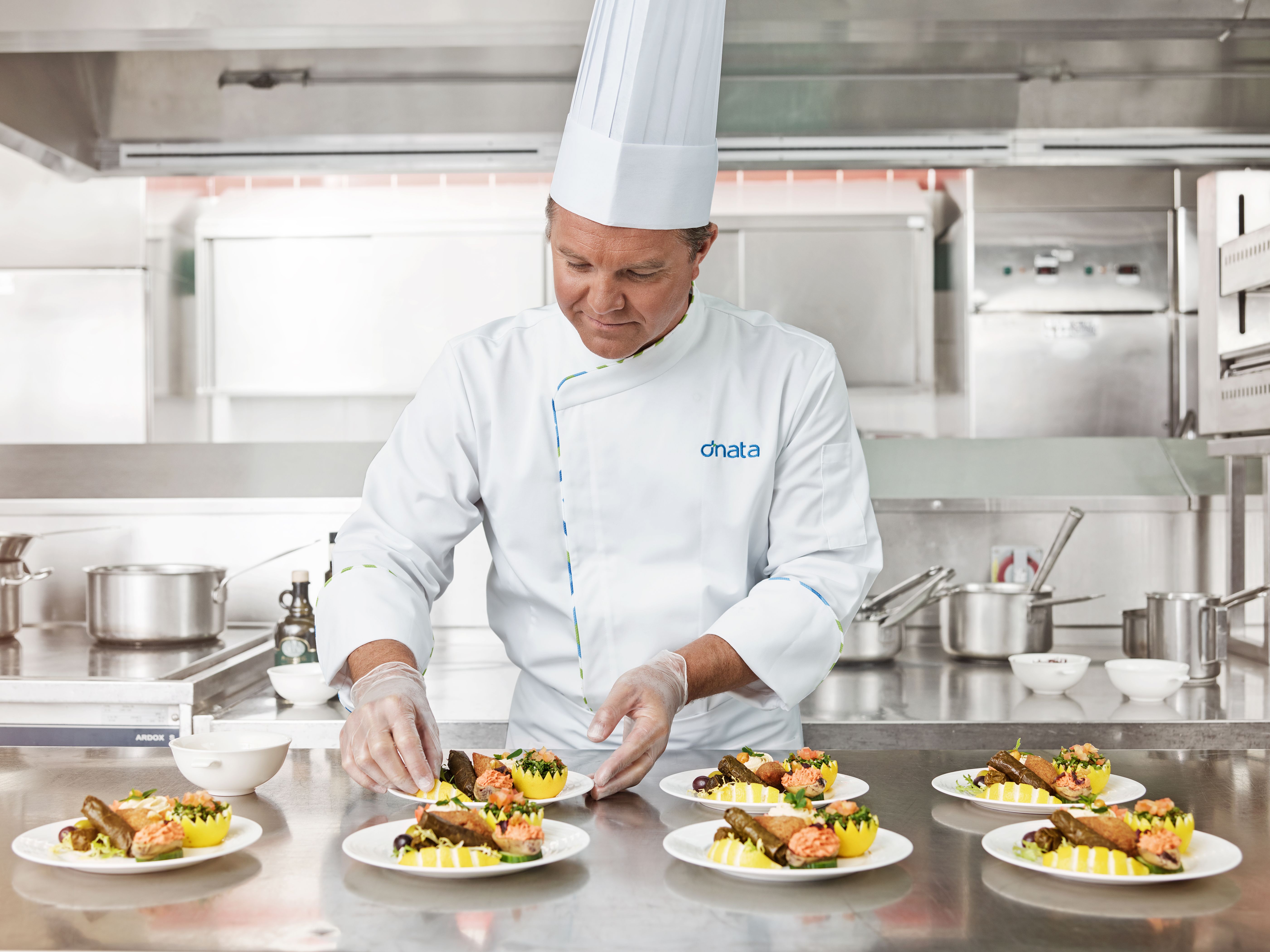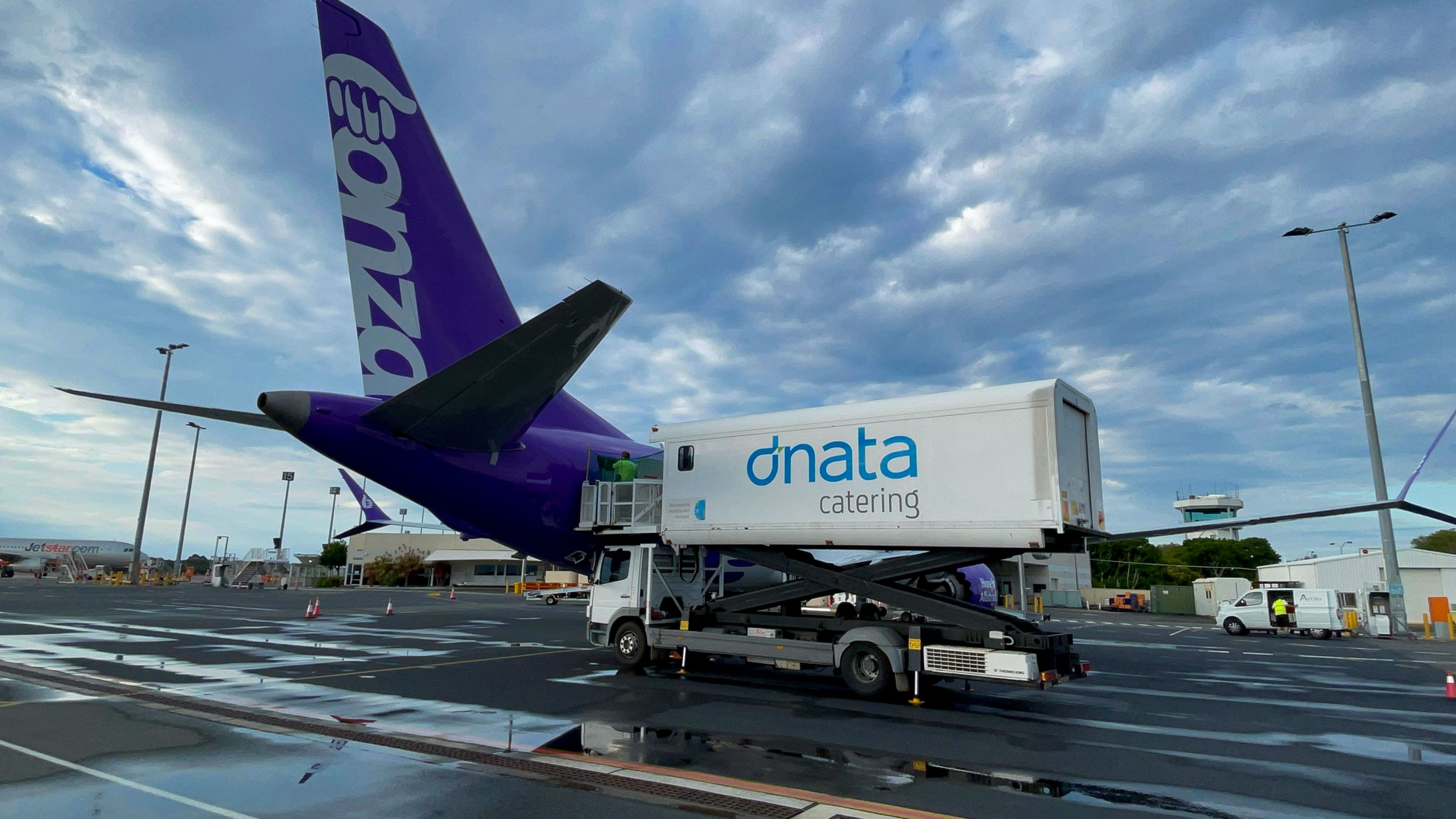The unabated rise of no-frills service and low-cost carriers has seen meals largely disappear on short-haul flights, often replaced by a sandwich, snacks or a muffin you pay for. However, full-service carriers take inflight catering extremely seriously, recruiting Michelin-starred chefs to curate menus that look delightfully delicious.
Cooking at a grand scale
Designing these elaborate menus is one thing, but spare a thought for the inflight caterers who have to find a way to replicate a chef's creation at 30,000 feet in the air. Global aviation services company dnata does that day in and day out, so to find out how they do it, Simple Flying spoke with Rob Smithson, Chief of Culinary for dnata Australia.
Aviation is defined by numbers, and in dnata Australia's (DA) case, that's the 64 million meals it delivers to around 250,000 flights every year. DA's 16 kitchens in 10 cities supply inflight catering to around 45 customers, which is eaten on more than 75% of all flights that leave Australia.
Starting at the start, Smithson said that DA works with a Paddock to Plane philosophy by ingraining itself with the supply chain, how products are selected and how they are managed from the paddock through to the plane. He explained that DA wants to know where the produce comes from, how it's grown and how DA can future-proof that process in a world of supply chain pressures.
"We are quite unique in that way because we are not just interested in the product and we've got farmers that specifically grow product for us, and we're not actually going to market to find it. If we want to innovate and do something different we know who we can talk to and then work together collaboratively to find a solution and improve."
As well as producing the meals, dnata works closely with cutomers to design and rotate menus as required. He said it takes around six to twelve months to develop a menu from conception to when it appears onboard, adding, "there's a lot of moving parts to getting something that looks fairly simple in front of you."
"We collaborate with airlines that may come in with their own celebrity chef or dishes and we also design menus for airlines. We've got a team of six chefs, mostly Michelin-starred and five-star trained, that on a daily basis look after ingredient selection, ingredient design and menu design."
Part of the process involves taking a masterpiece and working out how to ensure food safety, make it at scale and design it to make sure that the crew can handle it, heat and deliver it to the passenger based around the design concept. He points out that unexpected events, like turbulence, can throw a spanner into the works when everyone has to sit down during service.
Airline go-to dishes can be challenging
Australia is often an end-of-the-line destination, meaning that DA prepares meals for airlines from all corners of the globe. Many of these full-service carriers, like Singapore Airlines and Malaysia Airlines, have their own signature dishes which can be a challenge when the same ingredients are not available locally. He said:
"Like Singapore Airlines with their Satays and Malaysia Airlines with their Nasi Lemak. We work closely with those airlines to train our staff to know how to cook them authentically but there is some regionalization you have to do because sometimes the materials are just not available in this country and that's part of the collaboration process."
Among DA's customers is Australia's newest airline, Bonza, and to support the fledgling airline DA established a new operation on the Sunshine Coast where Bonza is based. Smithson said the Bonza menu process is fundamentally driven by the airline with "a lot of moving parts in the background."
"Uniquely, it's all Australian product which was their key focus when they came to market. So in collaboration with Bonza, we have gone out and sourced and put together an all-Australian menu, which is quite unique even across the rest of our 45 customers to have somebody come out and do that."
Smithson also stressed that the number one priority for dnata is food safety, and the culinary piece comes after that. The Paddock to Plane approach also brings complete traceability, so if there ever was an issue DA can quickly go down the chain and find out where the process may have deviated. He closed by saying,
"Our quality is second to none and we're known as Australia's largest and most admired inflight services provider. And we'd like to keep it that way."
Discover more aviation news for Australia and Oceania here
What are your thoughts on inflight food? Let us know in the comments.




